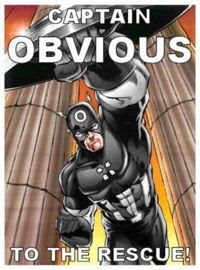Writing User Stories: "As a user..."? Lame!
(from guest blogger, Matthew Davison)
When I think about good user stories, I get
excited...probably too excited. I like to think of them as menu items – a
general summary, with enough detail to give an idea about the food, but not a
recipe with instructions. But what if a restaurant has no clue what type of
diners they serve? What if their clientele were all just "users"?
What are the risks?
Imagine my menu lists
a "rice dish" and my understanding of the customer went something
like this:
As a user
I want a rice dish
So that I can satisfy my appetite
Would you be surprised if the diner ended up with a rice
cake? Are you sure the customer would be satisfied?
Now, imagine the
following:
As a hungry diner that likes Thai food
I want a rice dish
So that I can satisfy my appetite
Would you be surprised if the diner was served Khao Pad
(Thai fried rice)? Would you have more confidence that you created the best dish?
Or, maybe the customer
really, truly want's something like a rice cake:
As a diner on a diet with very little hunger
I want a rice dish
So that I can satisfy my appetite
Would you be surprised if they got a rice cake?
How much more valuable are these more nuanced descriptions
to a developer than "as a user"? This line often gets overlooked but
understanding where the customer has come from and what they are trying to
achieve can profoundly impact designs. Fortunately, many businesses are starting to adopt the habit of creating customer journeys and customer profiles,
which can be a great tool for informing user stories.
Some of the questions I like to ask are:
- Do we use the tools available to us?
- Are customer profiles
made visible to the development team?
- How does the organization get to know their customer? And can we use this information?




LOVE!
ReplyDelete